In the vast world of music production, a remarkable phenomenon is the resurfacing of yesteryears’ practices, with the resurgence of tape technology at the helm. Harking back to an era where music seemed to bear a deeper, tangible connection to its creator, the magnetic tape represents a symbol of authenticity, artistry, and nostalgia—a stark contrast to our present digital landscape. With its distinctive ‘warm’ sound characteristics due to tape’s inherent ‘imperfections’, analog recording has seen a revival, and not just as a nod to nostalgia. This new wave of analog affection aims at redefining modern music and leads us back to the basics where music was first crafted amidst the ‘hiss’ and ‘hum’ of tape machines, the Rolls-Royce of recording mediums.
Understanding the Tape Resurgence: What does it mean?
Bring out the vinyl records, dust off the turntables, and dive into the archives of that long-lost cassette collection – the analogue sound is making a comeback. Jumbled between the clean digitized notes, the pristine symphonies, hardened rap verses, and swift balladic strains, lurks the crackle of a bygone era. A melodic nostalgia, subtly audible in the resurgence of an old pal, otherwise consigned to the annals of history – the humble tape.
Indeed, space, time, and technology might have ushered us into the digital age of music, but will never rip away the throbbing bond that tethers the music lover to the tape. The tide is turning, ushering in an era of modern recording where the analog heart yearns for the warmth, texture, and richness of sound embodied by tape recordings.
But why is this phenomenon resurging now? Why is tape, considered an almost obsolete format, suddenly gaining newfound popularity?
At its core, a tape imbues music with a depth, a warmth, a distinctly human touch that cannot be replicated in the precise, faultless digital domain. It’s almost as if you are privy to an intimate conversation, a dialogue between the listener and the musician. Cherished, protected, nurtured within the secure interface of the tape is an art form – each crackling note a testament to its robust aesthetic and passionate craft.
Admittedly, the magnetic charm of a music tape goes beyond the mere sound it produces. Each cassette carries within it a reservoir of tangible history, of memories spun into rich melodies. The tactile nature of using a cassette holds a sort of organic, time capsuled intimacy – from the smooth, rotating wheels to the hours each one retains. A connection is formed that transcends beyond the limits of sound, into the physical realm of perception and experience.
Moreover, technological advancements in the realm of recording and the high-end equipment now accessible even for aspiring musicians, have made it possible to extract the most striking, beautiful sound qualities from tape – called ‘harmonic distortion’. Today, numerous artists, both renowned and emerging, are incorporating this technique, combining the high-tech with the historic, blurring the thin line between the analog and digital.
Every song laid down on tape carries within it an overwhelming sense of one-of-a-kind uniqueness, a seductive allure that keeps pulling the listener in, deeper and deeper. It is this essence of singularity that has triggered the resurgence of tape in modern recording. Each tape, each album, each song stands as an individual entity, encapsulating the ephemeral magic of that one performance.
Delving into this world, it becomes clear that music lovers are increasingly seeking authenticity. They crave that raw, firsthand experience, the pure sounds unperturbed by crisp digital manipulation. In the quest for genuineness, tape offers a breath of fresh air. It reminds us to embrace imperfection, revel in human connections, and celebrate the ever-constant evolution of music. And this is why, even in our modern era, tape isn’t just staging a comeback; it’s outlining our future. A future honoring the lush past while navigating through the limitless expanse, never ceasing to mesmerize, to excite, to allure, reminding us that music, in its infinite forms, will always be an inextricable part of us.
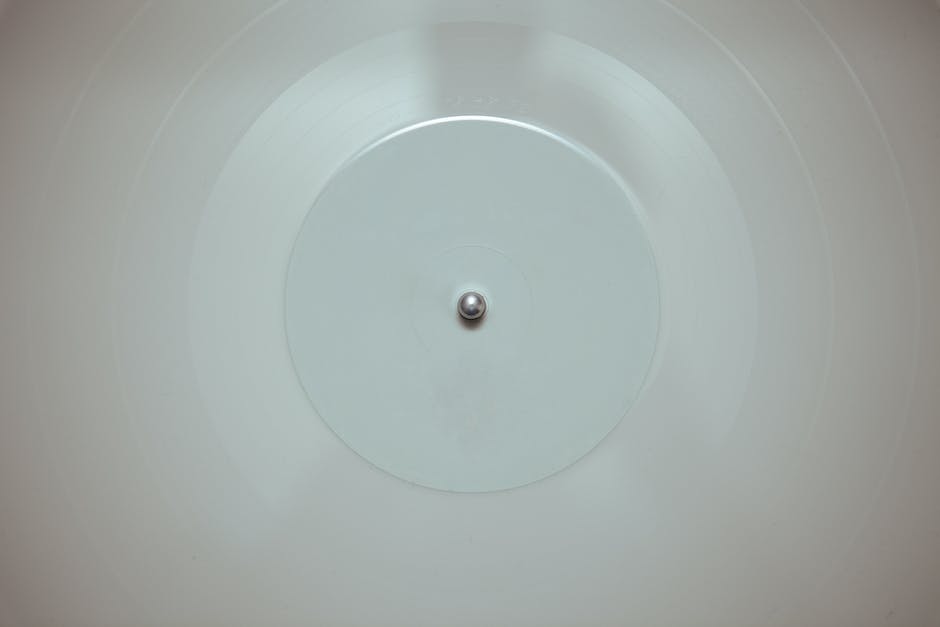
Analog Affection: The Aesthetics and allure of tape-generated sound quality
Delving into the aura enveloping the world of tape-recorded sound and its pivotal role in shaping the aesthetics of contemporary music, it is imperative to unveil the mystique of magnetic tapes and their organic resonance.
Amid stifling waves of digitization, the intoxicating allure of glorious tape-recorded melodies remains undimmed, fostering a newfound sense of intimacy that deepens our connection to music on a visceral level.
Magnetic tape recorded music boasts an inherently organic sonic quality that is often perceived as ‘warmer’ and ‘richer’. The roots of tape’s indomitable status in musical lexicon, however, extend beyond the realm of nostalgia and into the territory of untamed aesthetics.
As opposed to the stark precision and sterile perfection of digital sound, tape’s eccentricities, idiosyncrasies, and subtle imperfections often mimic the complex textures of human emotion. This enriches the sonic palette, replacing the homogeneity of digital production with a flavorful concoction that teems with character and depth.
Notably, the fluttering idiosyncrasies, random grain, and soft clip saturation adorned by magnetic tapes serve as powerful catalysts for creativity. They coax musicians and audio engineers out of their comfort zones, revealing intricate sonic landscapes that break taboos and invite exploration. As a result, the embrace of tape has opened the floodgates for an avalanche of ingenious melodic concoctions that defy the norm and enter previously uncharted terrains of sonic artistry.
In a world where music can often feel disposable, using tape encourages musicians to focus on creating a meaningful body of work. It presses artists to delve deeper, to transcend beyond the superficial layers, to create music that rings with a beautiful sense of purpose.
Tape live recordings, albeit a small piece of analog universe, undertook an integral role in redefining the essence of live music. Combining the electrifying spontaneity of gigs with the organic warmth of tape, these recordings have turned concerts into immersive sonic journeys. The inclusion of ambient noise, crowd cheering and even the performers’ banter injects an added dose of tangibility, capturing the intoxicating spirit of the concert and bottling it for posterity.
In essence, the impact of tape-recorded sound on the aesthetics of modern music cannot be overstated. It is the rebel song in an industry dominated by plastic pop. Magnetic tape has essentially become a musical instrument in itself, shaping the tonal characteristics and harmonic complexities of the music, thus, giving birth to unique sonic qualities that no digital format can replicate.
Armed with the power of nostalgia and the charm of characterful sonics, the humble tape continues to wax its poetic influence in the dynamic world of modern music. Far from being a mere relic of the past, it stands as a loud statement that celebrates the beauty of imperfections, the allure of organic warmth, and the refreshing embrace of individuality in a world primed for digital perfection.
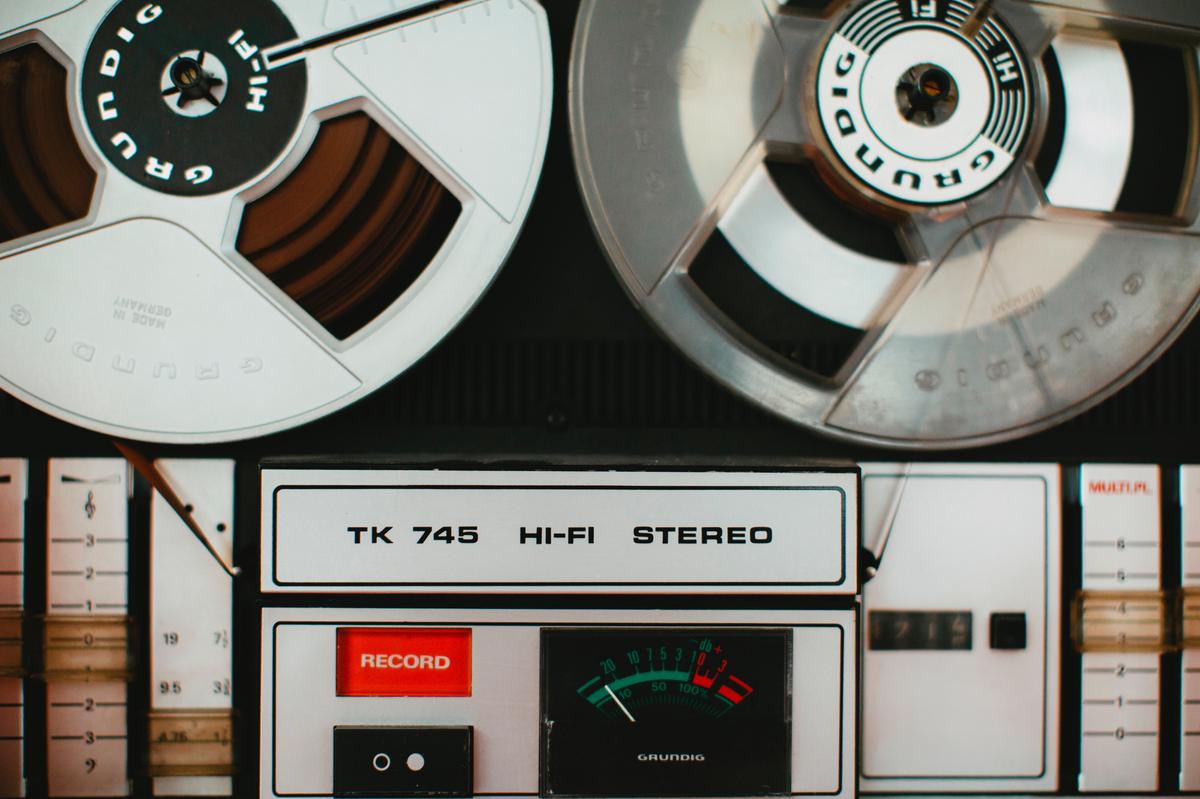
Photo by markusspiske on Unsplash
Instruments Revamped: The Rolls-Royce of the recording medium
With an empathetic nod to nostalgia, it’s impossible to ignore the profound influence that vintage tape machines have on today’s recording technology. Harnessing the vestiges of an era defined by immeasurable creativity and originality, these time-honored contraptions accentuate the inherent mastery in every music piece. This marriage of yesterday’s music machines with today’s technological innovations draws a captivating picture, brimming with sonorous flavors of yesteryears yet coupled with the clarity, breadth, and punch of contemporary music production.
One of the most fascinating aspects of these storied devices is their infusion into digital audio workstations. Analog emulators, plugins developed to replicate the vintage warmth and charm of tape, provide an unparalleled experience that defies the sterile precision of digital sound. These “virtual analog” tools are a testament to the enduring appeal of tape machines, creating a remarkable blend of old-world charm and modern technology’s slick efficiency.
While this technological mingling perfectly reproduces the conventional tape hiss, the real magic lies in simulating the tape saturation, an appealing degradation that occurs when an audio signal is recorded too ‘hot’ onto tape. This effect endows recorded sound with a warm and lush texture, giving music a dynamic range that’s organically pleasing to the ear. Sonic anomalies that would seemingly detract from the listening experience instead deepen its aural richness, much like the beauty of a perfectly pitched voice breaking with emotion.
The newfound popularity of reel-to-reel tape recording among a new generation of musicians and music lovers only reiterates the enduring allure of this antiquated technology. Audibly distinctive in its output, the reel-to-reel brings a sense of dimensionality to sound that digital technology often fails to accomplish. These devices offer a strikingly wide frequency response, brilliantly capturing the whole range of high and low notes, thus creating a vivid impression of ‘being in the room’ with the musicians themselves.
As tape machines continue to regain territory in the evolving landscape of sound recording, it’s clear that the tactile experience of dropping a needle on a record, or threading a reel-to-reel machine, touches a chord in every music lover’s heart.
While the golden age of tape may have passed, its ethereal legacy is reflected in modern methods, allowing a pivotal part of our rich musical heritage to cascade into future generations. Analog whether actual or simulated, remains squarely at the vortex of this musical cyclone, forever reminding us that the essence of great music lies not just in pristine production but in the soulful ambiance and palpable emotion it evokes.
And so, as the cyclical tale of music technology continues to turn, don’t be surprised to find an increasingly harmonious blend of the old and the new. A beautiful symphony born out of the cries of antiquated, whirring relics harmonizing with the sleek hum of digital technology. Music, like water, shapes its course according to the manner of the terrain it encounters, carving new paths while faithfully retracing its steps. It’s an enchanting dance between past and future, delicately balanced by the rhythm of the present. A dance that continues to fuel our endless fascination and profound love for all things music.
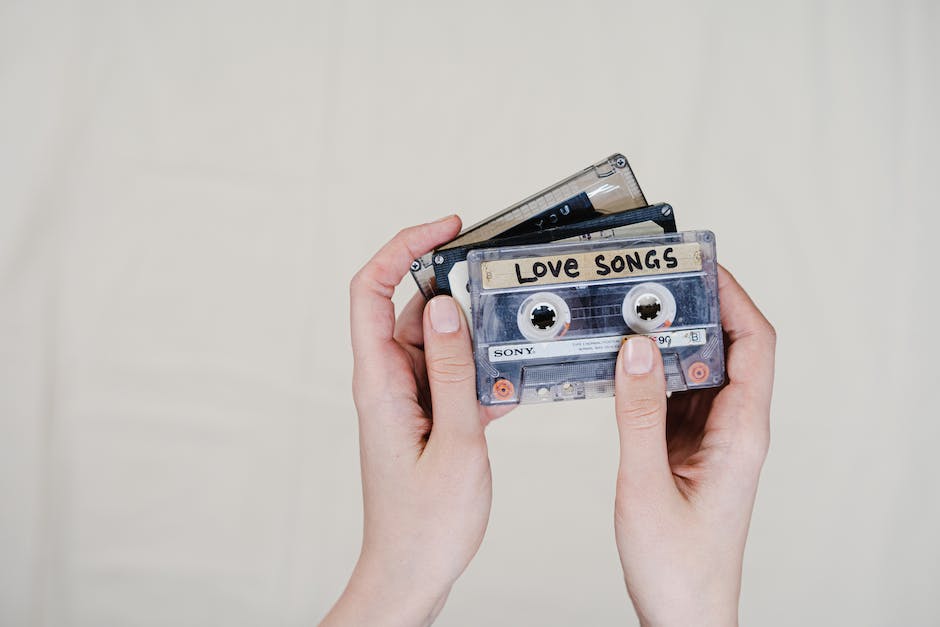
The Analogue vs Digital: A Contemporary Musical Debate
Paralleling to the renaissance of analog recording, digital methods comprise an equally salient role in the music world. Renowned for precision, flexibility, and practicality, digital recording methods remain a foundational element in today’s music creation and distribution. An echo of the dawn of technology, it was the birth of digital recording that redirected the narrative of music history, a journey that thrives in contemporariness.
Embodying transparency and fidelity, the striking clarity of digital sound distinguishes it from its analog counterpart. The ability to capture precision auditory images, spotless, and distortion-free, renders digital recording an accomplished tool in the preservation of intended composition. There are no tape hisses, no fleeting frequencies, only the artists’ intention as they meticulously crafted their creation.
In today’s recording studios, digital methods present endless possibilities. The luxury of limitless tracks, the boundless autotune potential, and the array of effects plugins echo the infinite creative spectrum at disposal. Embracing digital technology in modern music production has become not just a trend but a revolution, intensifying the creative expression and auditory experimentation.
Music being a universal language, digital methods have democratized its production and distribution. The compactness and affordability of digital audio workstations nourished the rise of bedroom producers, democratizing music creation and fostering the emergence of divergent genres. In an era described as content-driven, the boundless adaptability of the digital method has fostered a generation of artists whose voices would have otherwise been unheard.
The instantaneousness of digital recording has accentuated immediacy and convenience in the music production process. Where once countless hours were spent splicing tapes and waiting for reels to rewind, now, a simple click or a touch of a button initiates the journey of creativity. This has undeniably accelerated the evolution of music production, opening up new portals into the exploration of sonic capabilities.
But while the aforementioned characteristics portray digital recording as a technological marvel, its flawless rendering of sound has sparked an ongoing debate. Critics argue that digital recording presents a sterilized version of music, stripped of the texture that analog methods effortlessly imbue. Concerns of overcompression, and overdependence on technologies such as autotuning have fueled a narrative of digital methods robbing music of its humanity, its visceral connection.
Consequently, a harmonious blend of both analog and digital recording methods seems increasingly prevalent. Artists and producers, in their relentless quest for originality, are finding solace in this marriage of technology. Pairing the warmth and color of analog recording, with the precision and flexibility of digital methods, they craft sonics that touch the soul, and embolden the spirit, thereby adding a meaningful chapter to the cyclical stratum of music history.
While the analog vs digital debate continues to spark lively conversations and artistic endeavors, one thing becomes abundantly clear – the choice between methods is less a decision of superiority, and more so a reflection of different creative objectives, varying auditory preferences, and unique expressions of musical storytelling. Amid the ebb and flow of technology, music, an art form steeped in emotion and primal connection, forever remains the steadfast lighthouse guiding artists and listeners alike.
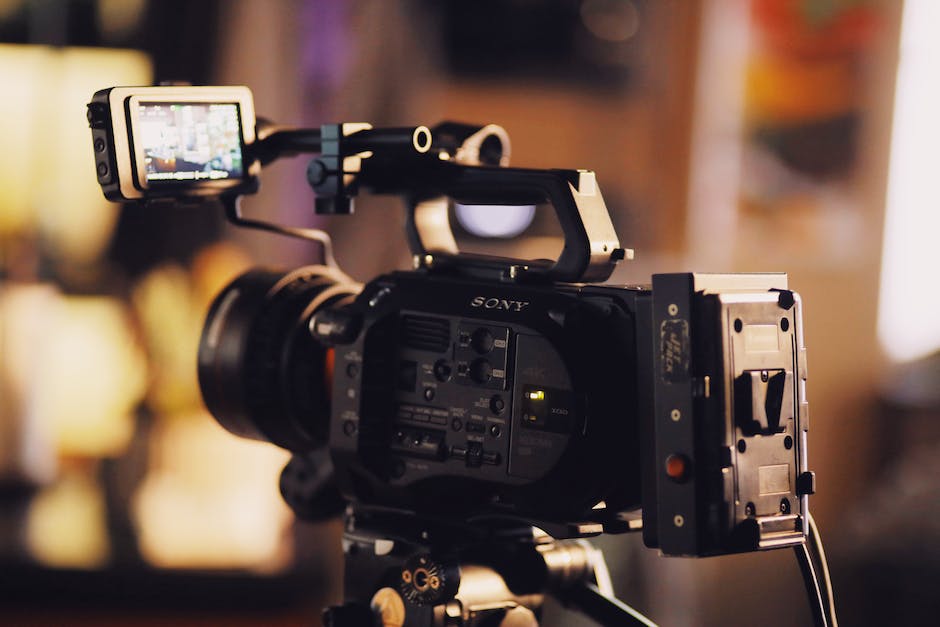
Future Sonic Fidelity: Envisioning the future of tape in modern music recording
As we charter into a new era in the music industry’s evolution, defined by the integration of digital technologies and analog methods, tape continues to hold a unique and profound significance. Its entrancing magic, loved by music aficionados and professional musicians alike, lives on through the rhythmic loop of its elastic heartbeat. The warmth and depth evoked by tape cannot be replaced entirely by the cleanest of digital recordings. The artistic challenges and nuances of using tape in modern recording, particularly reel-to-reel recording, act as incentives to creators, cultivating a adoration for the medium that transcends time and technological advancements.
High-profile artists and amateur musicians alike continue to seek the inspirational power and nostalgic familiarity associated within the masterful manipulation of a tape machine. The aesthetics of tape recording ensures that no two records will ever be exactly alike, nurturing a unique footprint on each recording that cannot be precisely replicated digitally. This facet will drive the continued use of tape in modern recording as musicians strive to create individualistic, expressive works.
Advancements in modern recording technology have sought to emulate the beloved properties of tape. Sophisticated software plugins integrated into digital audio workstations forge harmonious marriages of digital precision and analog warmth, rendering a renaissance for the tape aesthetic within the digital realm. Additionally, music production tools like virtual analog plugins give creators the ability to impart the characteristically warm, saturated tones of tape onto their digital tracks. These innovative advancements mirror the continued significance music producers place on the enduring allure of tape.
On the flip side, as digital recording propels forward with ever-advancing technologies, an essential balance emerges. Despite digital recording’s precision, clarity, and boundless creative potential, it must be delicately contrasted against the appealing warmth and nostalgic charm of analog methods to provide depth and texture. Despite digital’s instantaneousness and convenience, the tactile experience of threading a tape through a deck, adjusting the gain knob, anticipating the delicate magnetic dance, creates an unmatched sense of musical immersion.
As we stand at a crossroad between analog and digital realms, we see an expressive fusion of the old and the new – a testament to the cyclical nature of music technology transforming with creativity and emotion at its core. The further we delve into the digital era, the more we unearth the essential beauty of analog methods. The music world’s recognition and celebration of its roots, of touching the texture of a vinyl or the substance of a tape, is an essential component of preserving the emotional connection within music.
In essence, tape will continue to hold an irreplaceable role in modern recording. Its unique sound characteristics will continue to be sought after and celebrated, its essence captured and blended into digital methods. Music, as a connecting, emotional, and expressive art form knows no bounds. As we move forward, our past helps to shape our future, ensuring the continued importance and timeless legacy of tape in the territories yet to be explored in modern recording.
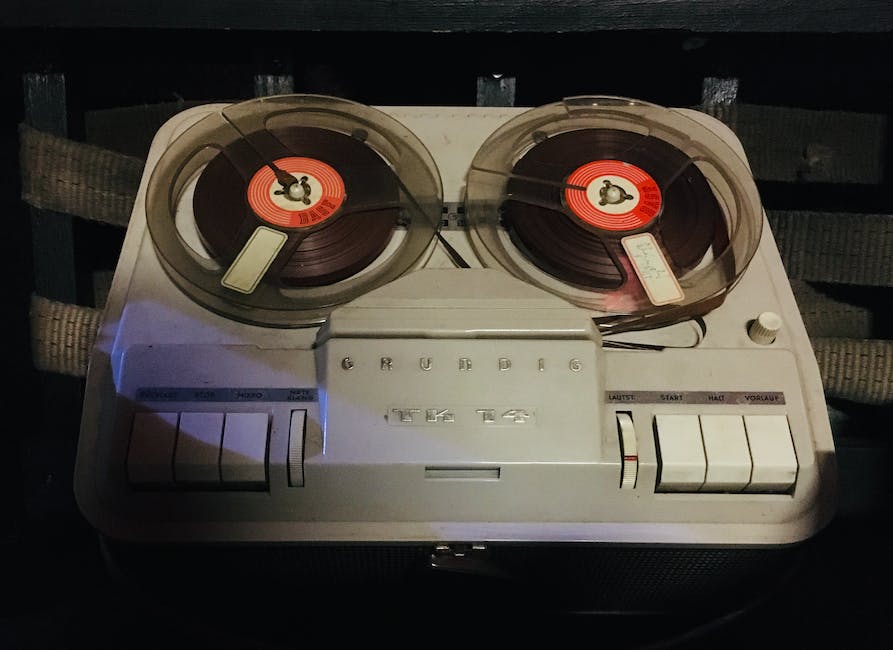
As we stand at this crossroads of mixing the old with the new, tape technology, with its fascinating blend of vintage appeal and modern possibilities, offers an intriguing path ahead. This rather romantic crescendo towards the staple of our sonic past is not just a fleeting sentiment for a bygone era, but a medium for today’s artists to express their creativity in novel ways. Perhaps, the lure of something deemed ‘authentic’ and ‘real’, represented by tape, proves that the old adage, ‘what goes around comes around’, holds true, even in the fluid realm of music production. As we advance, we can only speculate on the future of tape in modern recording. Will analog continue to charm musicians, carve its path, and spur innovations within this digital age? Only the resonance of time will reveal what lays beyond the horizon for these harmonious echoes of the past.

Comments.
Currently there are no comments related to this article. You have a special honor to be the first commenter. Thanks!